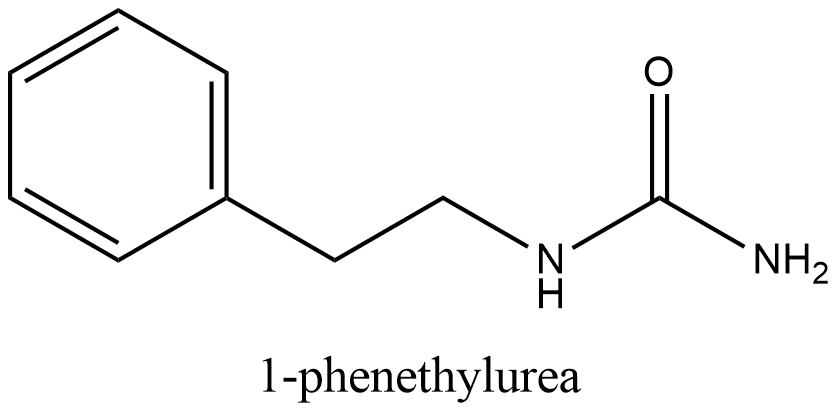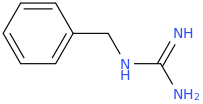Stupid_human
Greenlighter
- Joined
- Feb 1, 2017
- Messages
- 3

The title sums it up. Could phenethylurea (Or more importantly, phenethylurea derivatives) be worth looking into? I can't find any info that would indicate it's been looked at in this manner, but given it's obvious structural similarities to phenethylamine it seems like it could be worth looking into. 1-phenethylurea itself is unlikely to be interesting even if it is active, but substitutions on the benzene ring like those on the interesting phenethylamines could be better, for example 1-(3,4,5-trimethoxyphenethyl)urea.
I don't know if these compounds would actually be synthetically viable, and the extent to which we can discuss that here is limited, but if they could be made, do you think they'd be worth looking into?


